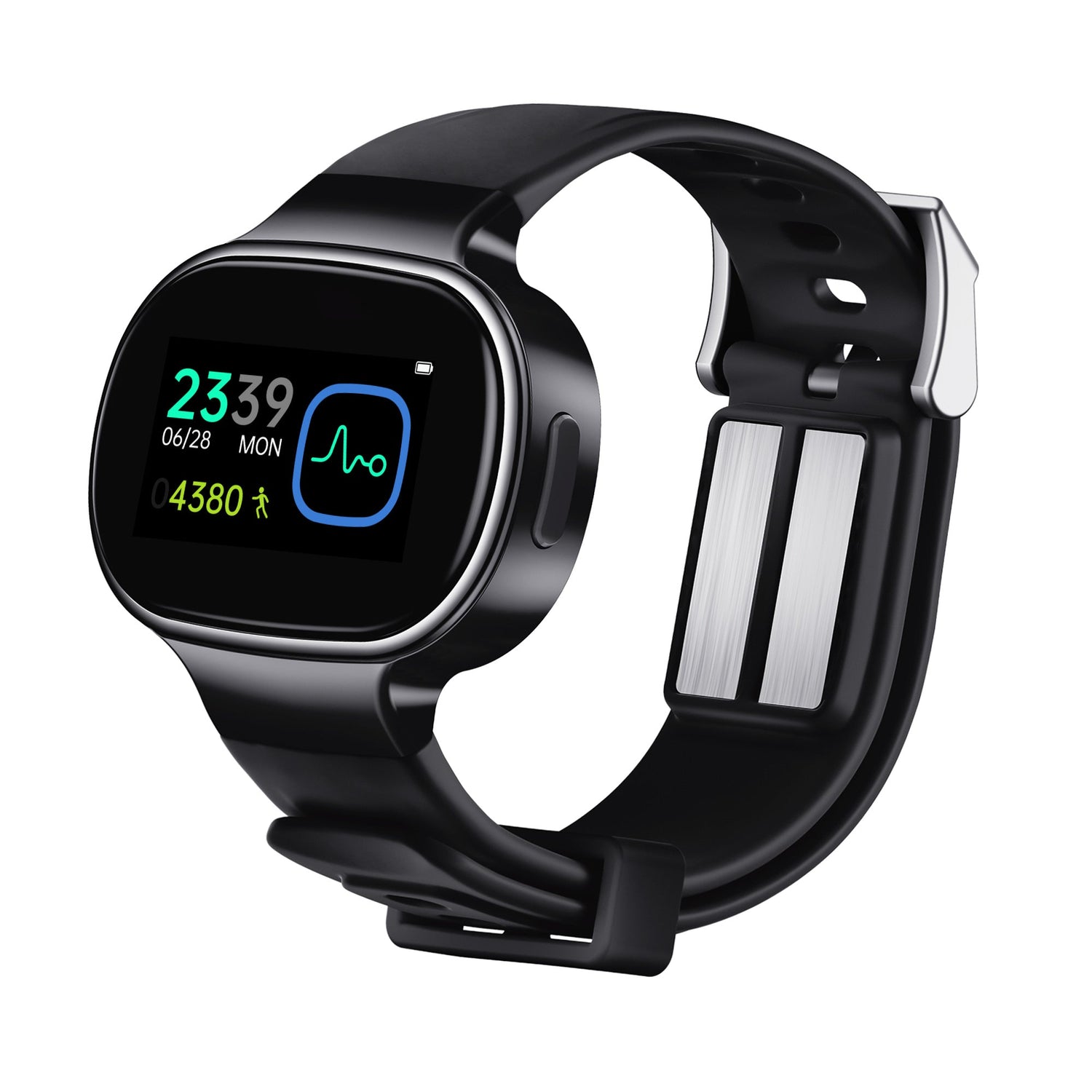With Children’s Day just around the corner, many families are planning road trips to soak in the beauty of nature and enjoy quality time outdoors. Yet for many parents, these joyful moments can be disrupted by a common concern—motion sickness in children.
Why Are Children More Prone to Motion Sickness?
Motion sickness arises when there’s a disconnect between the signals received by the eyes, inner ears (vestibular system), and body. In children, this condition is particularly common due to the underdevelopment of the vestibular apparatus in the inner ear, which plays a critical role in balance and spatial orientation.
But that’s not the only factor. Children are also more sensitive to environmental stimuli such as strong smells. The odor of gasoline, food, or even air fresheners in a car can act as triggers for nausea. According to a review in Paediatrics & Child Health, olfactory cues significantly contribute to motion sickness episodes in younger passengers, amplifying discomfort in enclosed vehicle environments(McLeod,2020).
Traditional Solutions: Limited Effectiveness, Potential Risks
Conventional treatments like antihistamines and anti-nausea medications can offer temporary relief, but they also raise valid concerns. These drugs often cause drowsiness, dry mouth, and in some cases, stress on the digestive system or liver due to metabolic processing—especially problematic for growing bodies.
A review in Pediatric Drugs pointed out the lack of pediatric-specific research for many antiemetics and advised caution in their routine use for young children(Kearney, 2019). For many parents, the trade-off between symptom relief and possible side effects feels too steep.

EmeTerm: A Safer, Child-Centered Approach to Motion Relief
In response to this challenge, EmeTerm is plan to introducing a new-generation wearable specially tailored for children. Rather than relying on medication, this wristband offers a drug-free, non-invasive option with a design grounded in empathy, science, and real-world use.
Unlike adult models, the children's version of EmeTerm is not just smaller—it’s smarter. Every detail has been reimagined with kids’ comfort in mind:
- Optimized for Comfort: The wristband features a Velcro-style strap that adjusts easily to fit children's smaller wrists, ensuring it stays secure without being too tight.
- Skin-Friendly Materials: Made with OEKO-TEX® certified fabrics, the band is gentle on sensitive skin—soft, breathable, and hypoallergenic.
- Child-Focused Experience: From the softness of the strap to the stability during movement, the product is designed to be worn for extended periods without irritation, giving kids the freedom to enjoy the ride distraction-free.
By focusing on the overall wearing experience—not just the internal mechanism—EmeTerm’s child model makes motion sickness prevention feel natural and stress-free.
At EmeTerm, we deeply value the voices of our users. Over time, we’ve received heartfelt feedback from many parents expressing a strong desire for a motion sickness solution specially designed for their children. Inspired by this trust and driven by our mission to improve travel experiences for all, our team has been working diligently to develop a child-specific version of the EmeTerm wristband. Thoughtfully designed to suit children’s needs, this new model aims to support young adventurers on their journeys, helping them explore the wonders of nature—free from the discomfort of motion sickness.
References
1. McLeod, J. et al. (2020). Understanding Motion Sickness in Pediatric Patients. Paediatrics & Child Health, 25(5):294–297.
2. Kearney, P. et al. (2019). Motion Sickness: Pediatric Considerations and Pharmacologic Interventions. Pediatric Drugs, 21(4):233–241.
3. www.emeterm.com

